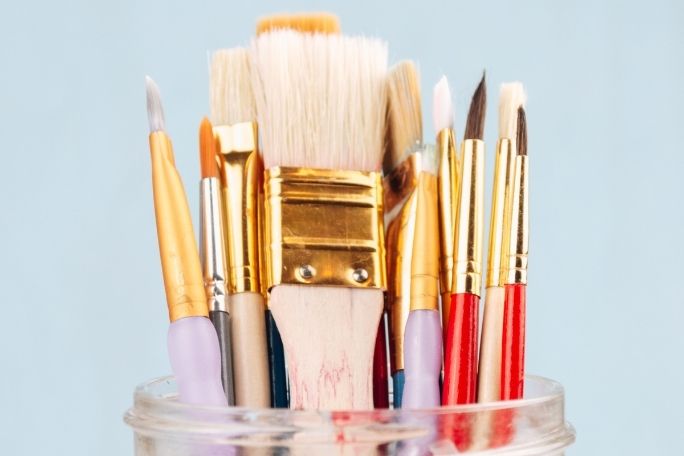Lesson summary
Students will learn about Hydro Tasmania’s sustainable creation of energy from water and create artworks that explore this information. The art-making will imitate the style of Ancient Egyptian wall paintings.
Learning intentions:
Students will...
- respond to and appreciate artworks
- understand the importance and value of sustainable energy methods
- engage in art-making to demonstrate their understanding.
Lesson guides and printables
Lesson details
Curriculum mapping
Australian curriculum content descriptions:
Year 7 & 8 Visual Arts:
- Practise techniques and processes to enhance representation of ideas in their art-making (ACAVAM121)
- Identify and connect specific features and purposes of visual artworks from contemporary and past times to explore viewpoints and enrich their art-making, starting with Australian artworks including those of Aboriginal and Torres Strait Islander Peoples (ACAVAR124)
Year 7 History:
- The physical features of ancient Egypt (such as the River Nile) and how they influenced the civilisation that developed there (ACDSEH002)
Syllabus outcomes: VA4.1, VA4.4, VA4.7, VA4.9, HT4-2
Time required: 60 mins
Level of teacher scaffolding: Medium – oversee activity
Resources required
- Paints, paintbrushes, pencils, erasers, thin to medium black or brown art markers
- Note: this activity can also be completed using colour pencils instead of paints.
- One sheet of A3 or A4 paper (painting quality) for each student
- A few images of Ancient Egyptian wall art on printed sheets or displayed using a projector, smartboard or individual device. We recommend doing a simple internet search to find images.
- Method of displaying the Hydro Tasmania webpage: https://www.hydro.com.au/clean-energy/battery-of-the-nation/pumped-hydro
- Internet access
- Student Worksheet – one copy per student OR computers/tablets to access the online worksheet
Additional info
Hydro Tasmania has been at the forefront of clean energy innovation for one hundred years. It is Australia’s largest producer of clean energy – generating hydro and wind power – and the largest water manager.
Hydro Tasmania has 55 major dams, operates 30 hydropower stations and has built some of Australia’s largest wind farms.
Hydro Tasmania also sells energy in the National Electricity Market through its retail business Momentum Energy, and sells its expertise internationally through its consulting business Entura.
Visit the Hydro Tasmania website to learn how the business is working towards Australia’s clean energy future.


Welcome back!
Don't have an account yet?
Log in with:
By signing up to Cool.org you consent and agree to Cool's privacy policy to
store, manage and process your personal information. To read more, please see
our privacy policy here(Opens in new tab).
Create your free Cool.org account.
Many of our resources are free, with an option to upgrade to Cool+ for premium content.
Already have an account?
Sign up with:
By signing up to Cool.org you consent and agree to Cool's privacy policy to
store, manage and process your personal information. To read more, please see
our privacy policy here(Opens in new tab).